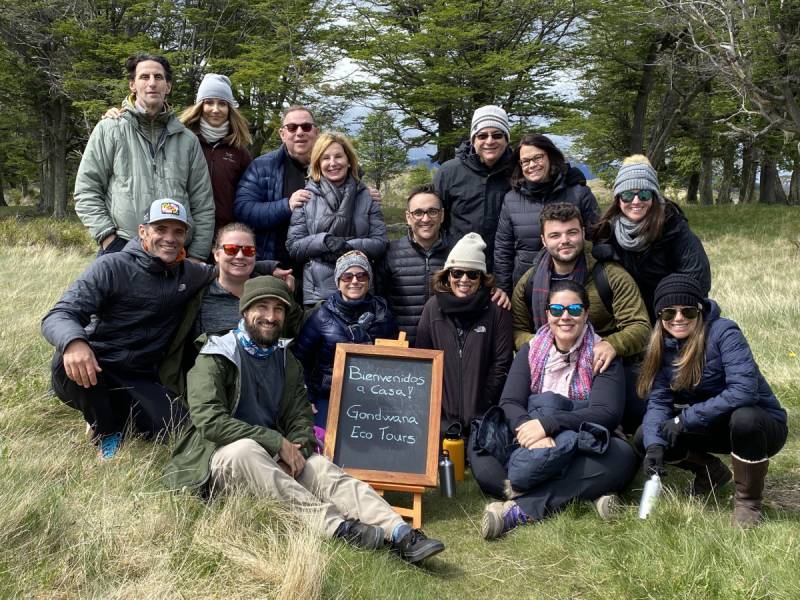The Solar Cycle
 Research on the Northern Lights is still very much in its early stages. Particularly in terms of our ability to predict and forecast aurora activity, there are several questions that science doesn’t have the answer to. While theories and ideas come and go, our present understanding of Northern Lights activity is that their intensity and frequency are bound to 11-year cycles. A question frequently asked is, “Can I still see the Northern Lights if they are entering their dimming phase?”
Research on the Northern Lights is still very much in its early stages. Particularly in terms of our ability to predict and forecast aurora activity, there are several questions that science doesn’t have the answer to. While theories and ideas come and go, our present understanding of Northern Lights activity is that their intensity and frequency are bound to 11-year cycles. A question frequently asked is, “Can I still see the Northern Lights if they are entering their dimming phase?”
The short answer is: Yes you can.
Solar Cycle Peak Forecast: Bright Viewing Ahead Despite Dimming Phase Predictions
While data predicts that its peak will occur in 2024 and be larger than expected, its cycle will eventually enter a dimming phase. This is due to an 11-year phenomenon called the “Solar Cycle”, which references the amount of solar flares, sunspots and ejections of energy generated on the surface of the sun. The cycle begins and ends with the “Solar Minimum”, and accordingly, experiences a “Solar Maximum” roughly halfway through the cycle.
Researchers anticipate that solar activity will peak around October 2024 but will continue to be elevated into mid-2025. The coming years should provide excellent viewing for spectators. However, even as the Northern Lights naturally approaches its dimming phase, there will still be plenty of opportunities to see this beautiful phenomenon during every stage of the cycle.
In fact, some research at the Geophysical Institute has even suggested that a couple years off-center of the “peak” is actually superior.
Understanding the Northern Lights
Let’s put it in perspective a bit: The Northern Lights are caused by charged particles from these “solar storms” on the sun’s surface, some of which reach Earth and react with gases like oxygen and nitrogen in our atmosphere, causing the Aurora. It’s a bit like how electricity excites the dormant neon gas in a storefront neon sign. The different colors come from the various types of gases that get excited by those charged particles coming from the sun. It is only visible near the North and South Pole because that is where earth’s magnetic field is the weakest and the particles are able to enter our upper atmosphere.

Northern Lights at the peak of the solar cycle
Our previous Solar Cycle began in 2008, with minimal activity until early 2010. This cycle featured a “double-peaked” solar maximum, with the first peak coming in 2011. It reached its second peak in 2014 before entering its low activity phase in 2019, when lights were present but appeared a bit less frequently and vividly.
Our current Solar Cycle started in December 2019 and data continues to support higher activity of the Aurora Borealis with its peak occurring in 2024. All that being said, the dimming phase is a natural step in the Solar Cycle and while unavoidable, it is by no means an end to the Northern Lights until the next cycle begins. You can see them during every stage of this cycle, especially in Fairbanks, Alaska.
Chase the Northern Lights: Fairbanks Offers Prime Viewing Opportunities in the Aurora Oval
Fairbanks is considered the best place in the Western Hemisphere for Aurora viewing because of its clear skies and proximity to the Arctic Circle, resulting in less impact from the solar cycle. It sits directly under the “Auroral Oval” where the activity of the Aurora Borealis is highly concentrated. The best times to view them are September through April. There is a higher likelihood of clear skies in the Spring, but there is typically stronger activity in the Fall. The closer to the Spring or Fall equinox that you visit, the better your chances will be. The common stat Alaskans throw around is that if you visit for 3 nights during Aurora season you have an 80% chance of seeing the Northern Lights.
As the peak of the cycle approaches, it’s a great time to see this amazing phenomenon while they’re strong! To learn how to catch them while you can, check out our Northern Lights Ecotour! Read the reviews on an unforgettable Northern Lights adventure tour, where you’ll chase the mesmerizing auroras across the Arctic wilderness under expert guidance. Immerse yourself in the magic of the night sky as you witness nature’s dazzling light show in some of the world’s most remote and picturesque locations. Alaska offers some of the world’s most breathtaking views of the Northern Lights, but timing is key to catching this natural spectacle. From crisp winter nights to early spring, certain months provide the best conditions for aurora viewing. Discover the ideal time to visit, tips for maximizing your chances, and what to expect on a Northern Lights tour in Alaska.
Check out our latest blog post to discover the stunning beauty and hidden wonders of Alaska’s coastline. From dramatic landscapes to rare wildlife, this adventure has something for everyone. Dive in to learn what makes exploring Alaska’s coast a once-in-a-lifetime experience!
Download Our Northern Lights Brochure Here.
Resources:


